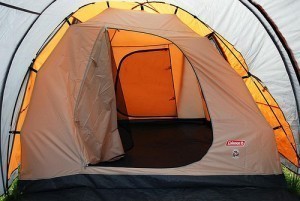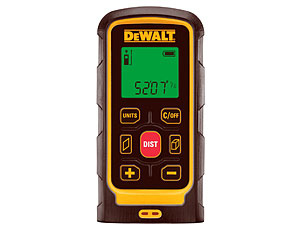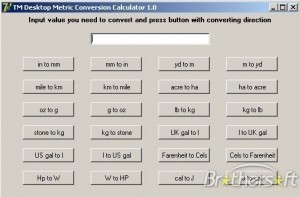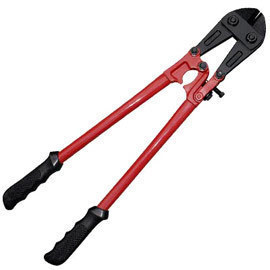LED Size
There are many different LED sizes and shapes. The most frequently used is the “T1 3/4”. Another popular size is T1. This is smaller compared to the “T1 3/4”. Other sizes are available, but are not as widely used.
Introduction to LED Lighting
It refers to light or lighting that utilizes LED as the illumination source. Many traditional lighting comes from fluorescent or incandescent light bulbs. Unlike the traditional bulbs, the LED can be installed in standard lamps just like other bulbs. In terms of efficiency, they are better than the fluorescent or incandescent bulbs.
Definition
LED is short for light-emitting diode. It refers to a semiconductor device that changes electricity into light. This is made possible by utilizing the movement of electrons. Although the technology sounds new, these were actually invented in the 1920s in Russia.
However, it was only in the 1960s that these were put into use in the US. The first company to do it was General Electric. Since then, different LED sizes and shapes have emerged.
It was also during the 1960s that it became mass produced. This was done by the Monsanto Corporation. Companies saw their potential uses. Hewlett Packard stared using it for their calculators.
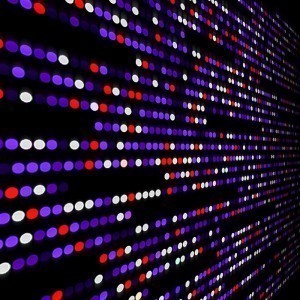 Benefits and Advantages
Benefits and Advantages
Many consumers prefer LED over fluorescent and incandescent light bulbs. One of the biggest advantages of light-emitting diode is they consume less energy. Compared to the compact fluorescent light (CFL), they are 300% more efficient. Their efficiency is 1,000 times better than the incandescent bulb.
These lights are also known for their long life. At 70% of their original power, the lifespan is 50,000 hours. Unlike standard bulbs, these do not flicker or burn out. They just fade away. At 70% power, a LED bulb will last for 13 years if used 8 hours a day. A standard 60 watt bulb lasts for 1,000 hours.
Light emitting diodes do not have ultra violet (UV) light, toxins or mercury. Since there is no ultraviolet light emission, bugs are not attracted to it. Also, these bulbs do not produce too much heat. There is another advantage; radio frequency waves are not generated. This means TV and radio broadcasts will not be interrupted.
Whatever LED sizes you use, they will be resistant to shocks and vibrations. While they are more expensive than standard lights, they will last longer. Just make sure the bulb is used with the proper current. If not, it will stop working.

